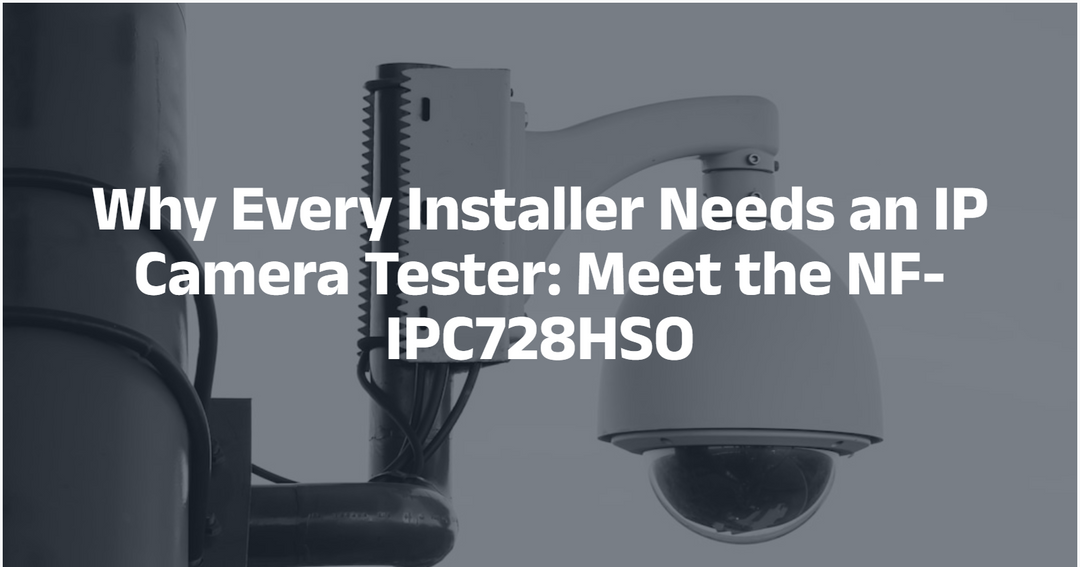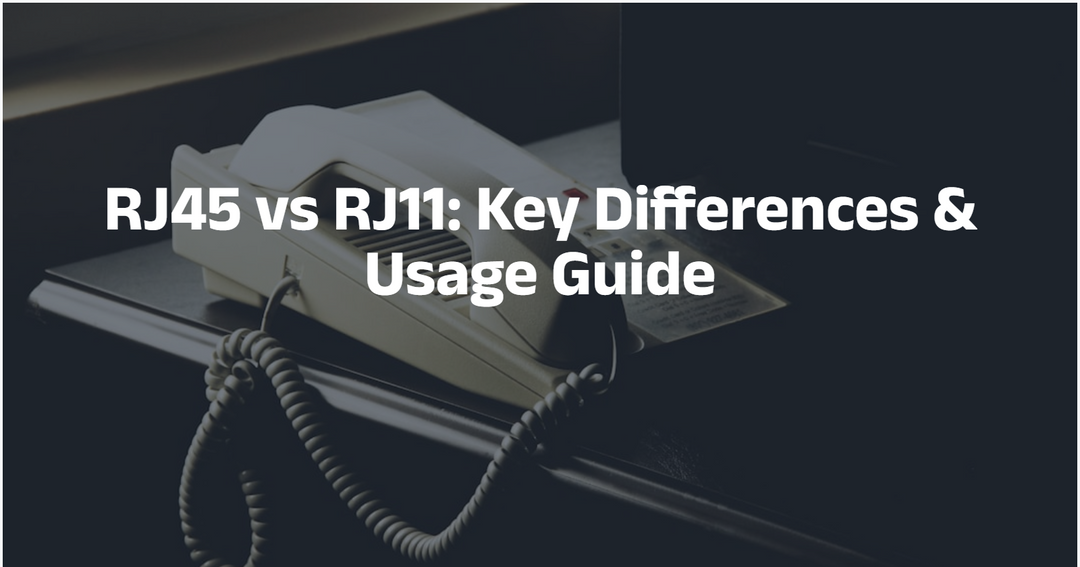How To Find Underground Sprinkler Vavles Without Digging
Most homeowners nowadays have an underground sprinkler system to keep their lawns green and beautiful all year long. One of the biggest advantages of an underground sprinkler system is that you don’t have to mow your lawn on regular basis, since the sprinklers will do it for you without even touching your lawn.
Without digging, it is possible to find sprinkler lines by getting a design map from the company that installed the system. If this is not possible, one could go to the valve box and follow a line back to each of the head sprinklers in a circuit. Or one could utilize an electronic water-detection device. You can also use underground wire cable locator NF-826 to find the underground sprinkler wires without digging and it’s the easiest way.
Let’s dig a little deeper.
Table of Contents:
Part 1: What Is A Sprinkler Valve Box and A Sprinkler Valve
Before diving into the exact steps, let’s understand what we’re dealing with.
A sprinkler system includes:
- A control panel: the power station that provides low voltage for the system.
- Sprinkler heads: the gadgets that rise from the ground and spray water.
- Pipes: the PVC pipes that transfer the water flowing.
- Valves: the part that controls water. For residential and commercial areas, we use plastic valves. Places such as golf courses and municipal pumping stations that need large and rapid water use metal valves.
- Valve box: the container to protect the value(s).
When other parts are durable, valves are vulnerable as they need to bear water pressure 24/7/365. We may fix or replace them every year to keep irrigation working.

Part 2: What Do We Use to Locate Underground Sprinkler Valves
You can’t find buried valves with bare hands and naked eyes. We need tools.
- A shovel or trowel for digging
- A screwdriver to release the valve box
- Spray paint or flags to mark the wiring path (or use sticks).
- The blueprint (consult the company that built it for you)
- Tape measure (necessary if you have the blueprint)
- Optional: A metal detector or underground wire tracer
These are all the tools we need to locate a sprinkler valve (and box).
To repair or replace the valve, you will need repair kits like a saw, plumber's tape, a utility knife, and substitute valves.
Part 3: How to Find Buried Sprinkler Valves (and Boxes)
Tools are ready. Let’s find the sprinkler valves in the yard.
Tip:
We will start on a sunny day. No rains had happened in the previous 3 days. Never start your work when there’s ponding left in the lawn to conduct electricity.
Cut off the power to the sprinkler system. Turn off the main breaker or pull the plug on the control panel.
Method 1: Find A Sprinkler Irrigation Valve Above the Ground
Some construction companies prefer to install valves above the ground. To keep the lawn good-looking, they will hide and disguise the valve or valve box.
Search the bushes and corners.
Method 2: Locate A Sprinkler Irrigation Valve Box
Most companies install a valve box to protect valves from rocks, dirt, pressure, and digging. As long as we find the box, we find the valves.
Some valve boxes will not be buried deep under the ground. Its top is on the same level as the ground. We can find the valve box without digging. Search for plastic covers.
If it's an old system, dirt and plants may cover the box as time passes. In this case, use a stick as a probe to poke at the ground till you feel something hard and flat. That’s the cover.

Remove dirt and grass. There you will find the valve box.
Tip:
While installing, installers may bury the valves and boxes close to the irrigation heads. This is to make them accessible for maintenance. So, probe the area around the heads first.
Method 3: Check the Blueprint of the Sprinkler Irrigation System
There should be a blueprint for the sprinkler irrigation system. Contact the installation company or consult the city permitting office.
Whether it’s a commercial or residential system, it will connect to the city’s water pipeline. The installation company should make a blueprint and report to the city office for permission. But it’s a different story when it’s an old house we’re talking about.
After you get the blueprint, get the wiring path and the lengths. Use a tape measure to locate the valves in the yard.
Method 4: Find the Valves by Listening to the Water Flow and Buzzing Electricity
Sounds help us locate buried valves. Ask your family or friends to help.
After the last irrigation, power off the sprinkler system immediately.

Ask your family or friends to stand in different sections of the lawn with flags or sticks for marking.
Restart the power. There should be a clicking or buzzing sound in the yard due to water flow and electricity. Mark the places that make sounds with flags or sticks.
Check the marked places for possible valves and boxes.
Method 5: Locate Irrigation Valves with a Sprinkler Wire Tracker
We can apply for professional kits like a sprinkler wire tracker for help. In this case, we will use the NOYAFA NF-826. This is a handy valve locator that takes no practice to find buried valves and boxes.
How NF-826 Find Valves
The NOYAFA company packs this underground valve locator as:
- A receiver device with a probe;
- A transmitter device with 2 crocodile clamps.
To trace underground facilities like valves, attach electric wires to the clamps. Switch to the SCAN function. The device will start generating electromagnetic signals that the receiver can detect.
Power on the receiver. Walk around on the lawn with the device to find signals. When it detects the wire that connects to the valve, the Receiver beeps. The sound gets louder and faster as it gets closer.
We can locate the valve by the tone.

What Can NF-826 Help
NF-826 beeps when it detects target wires and valves. You can locate and fix the valves without messing up your yard.
Besides, there’s no guessing. It’s fast and efficient.
The device is 100% affordable for individuals. For a few bucks, you get an all-in-one underground wire detector for valves, water pipes, network cables, dog fences, electric wires, and more.
More than locating valves, NF-826 finds shorts and breaks in a sprinkler system. You can fix easy wiring issues without paying extra bills to personnel.
Steps to Locate Underground Valves with NF-826 Valve Locator
Step 1: Attach the wire
- Shut down the power on the control panel.
- Locate the wire that connects to the valve you’re looking for (e.g. Zoom 1/2/3/4).
- Use a screwdriver to loosen the screw fixed to the wire.
- Attach the red clamp of the NF-826 transmitter to the metal part of the wire.
- Leave the black clamp unclipped and touch the ground, wall, or control panel.
- Power on the transmitter to the Cable Scan settings.

Step 2: Trace the valve
Move the receiver close to the lawn.
When it beeps, the wire is around. Go along with the wire. Correct your direction when the sound gets lower.
Step 3: Uncover the valve
When the sound gets lower in other directions but remains the same when you go back, this is where the valve hides.
Dig out the dirt and find the valve or the box.
Repeat the process for the other valves. Remember to tighten the screws on the control panel after finding all the valves. Plug on the control panel. And your valve system will work with all the power.
Caution:
The above situation can also indicate a broken electric wire. Dig out the dirt, twist the copper wires, and wrap the metal part in tape. Resume tracing when the wire is fixed.
Conclusion
The easiest way to find your sprinkler lines is by using Noyafa NF-826. And another good way is the design plan given by the company that installed them. If you cannot obtain a design plan, then physically map them out or have a professional come and see if they can locate them with a special electronic machine.
Keeping up-to-date about what width of space between different distance zones for each head is recommended will greatly increase your chances of success when finding your sprinkler lines; it'll also help make sure that your system stays well taken care of. But if none of these work - don't give up. Call a professional.
FAQs
1. How often should I check my lawn sprinkler irrigation valves?
Regular checks, at least twice a year, are advisable to ensure valves are functioning correctly. Of course, if you think this is too much, an annual check is enough.
2. Can I use a metal detector on any type of valve cover?
Metal detectors work well on metallic covers, providing an audible alert. For non-metallic covers, consider a valve locator for better accuracy.
When most home sprinkler systems utilize plastic valves and valve boxes, a metal detector is nearly helpless.
Besides, a metal detector will beep when it finds all the metal materials underground including dog fences, gas pipes, etc.
So, for individuals, a metal detector is not a good option.
3. Is it safe to trace wires for locating valves?
Yes, but exercise caution. Ensure the power is off, and follow safety guidelines when working with electrical components. And avoid working on rainy days and ponding areas.
4. Can I relocate irrigation valves if needed?
Yes, irrigation valves can be relocated, but it's recommended to consult with a professional to ensure proper reinstallation.
5. Are valve boxes always located near sprinkler heads?
While common, valve boxes may vary in placement. Check the entire lawn, especially areas with changes in ground texture, for hidden valve boxes.




